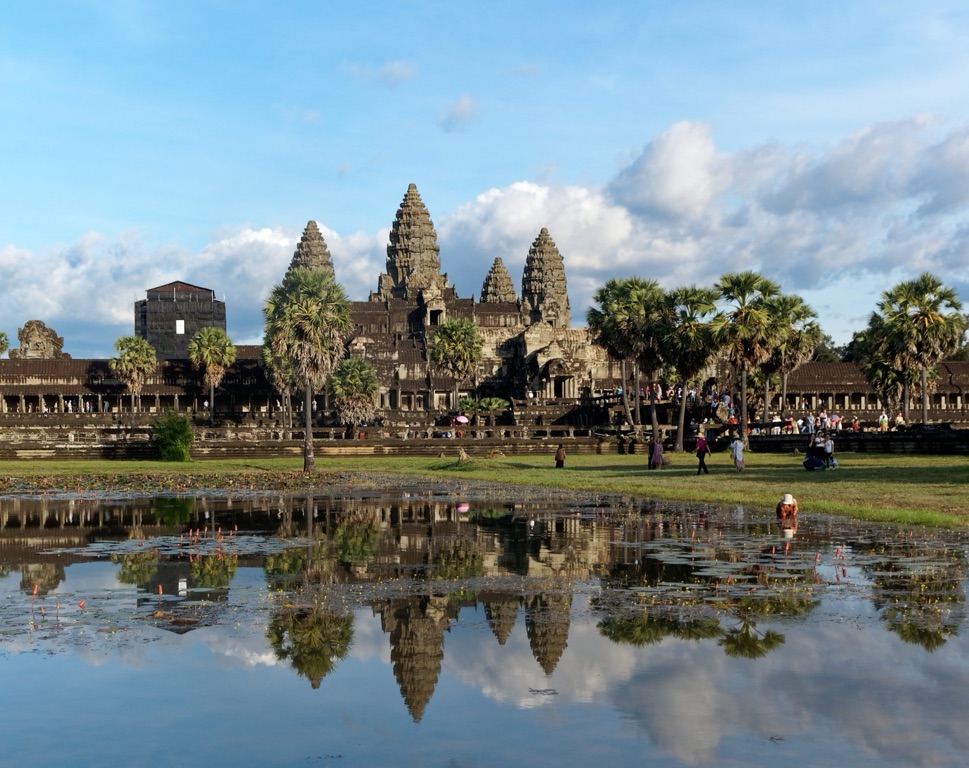Angkor Wat stands as a testament to the architectural mastery of the Khmer civilization. Located in Cambodia, this temple complex was originally built in the early 12th century. Its purpose was as a Hindu temple dedicated to Vishnu. Later, it transformed into a Buddhist site. Angkor Wat’s structure reflects the height of Khmer art and culture. This makes it vital to human history. It draws visitors from all over the globe. The temple’s intricate carvings and grand scale tell a story of religious devotion and power. They span over centuries.
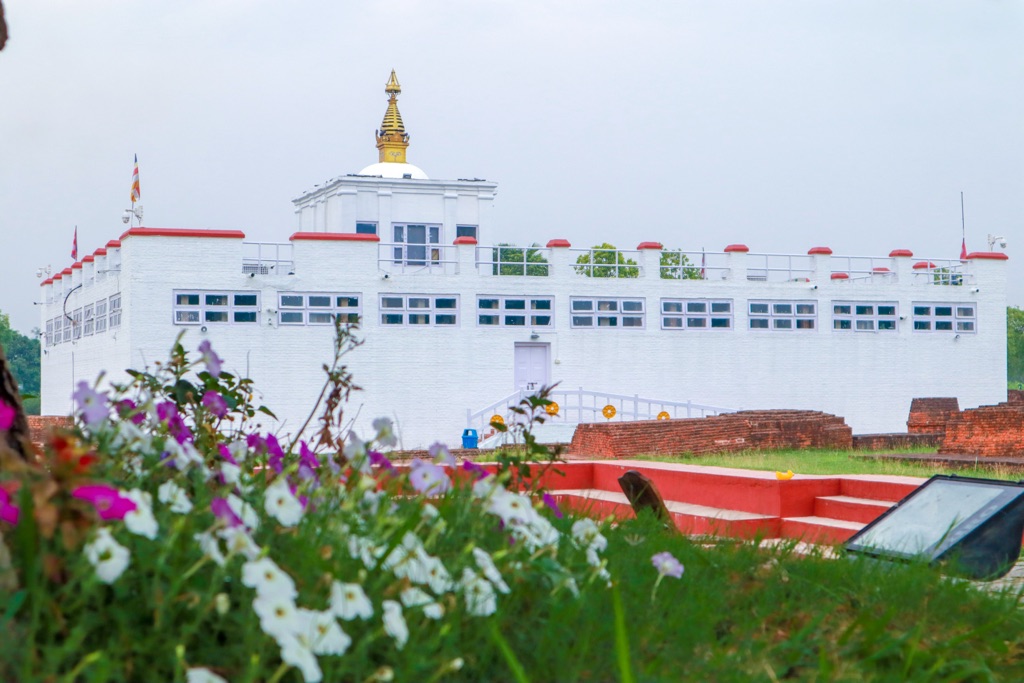
Maya Devi Temple, Lumbini
Maya Devi Temple in Lumbini stands as a testament to spiritual reverence and historical significance. It marks the birthplace of Lord Buddha and draws pilgrims worldwide. Here, visitors can witness the ancient ruins and the exact spot where Queen Maya Devi gave birth. The temple’s sacred pond and the Ashoka pillar add to its historical richness. This serene location offers a journey back in time and provides a tranquil atmosphere for reflection and meditation.
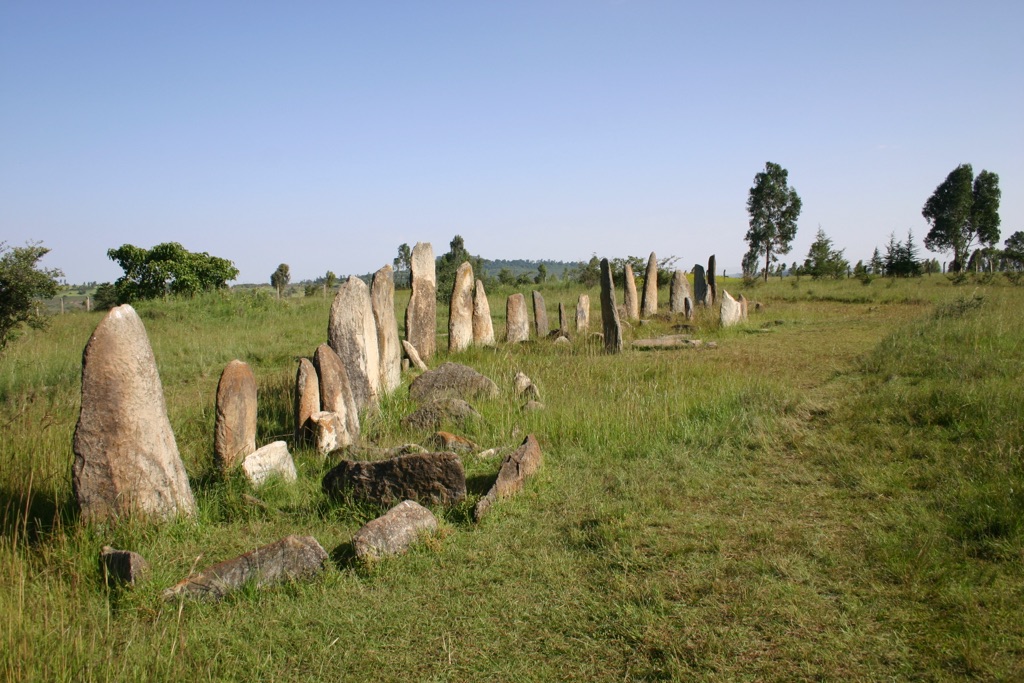
Tiya Archaeological Site
Located in the Soddo region of Ethiopia, the Tiya archaeological site is renowned for its collection of megalithic pillars. Often hailed as a treasure trove of ancient history, these stelae are cryptic monuments that whisper tales from the past. Each stone is elaborately carved, featuring symbols that shed light on complex socio-religious practices of the time. Visitors are intrigued by the enigmatic carvings which include representations of swords and figures. As a UNESCO World Heritage site, Tiya is a vital piece of humanity’s heritage and captivates archaeologists and travelers alike.
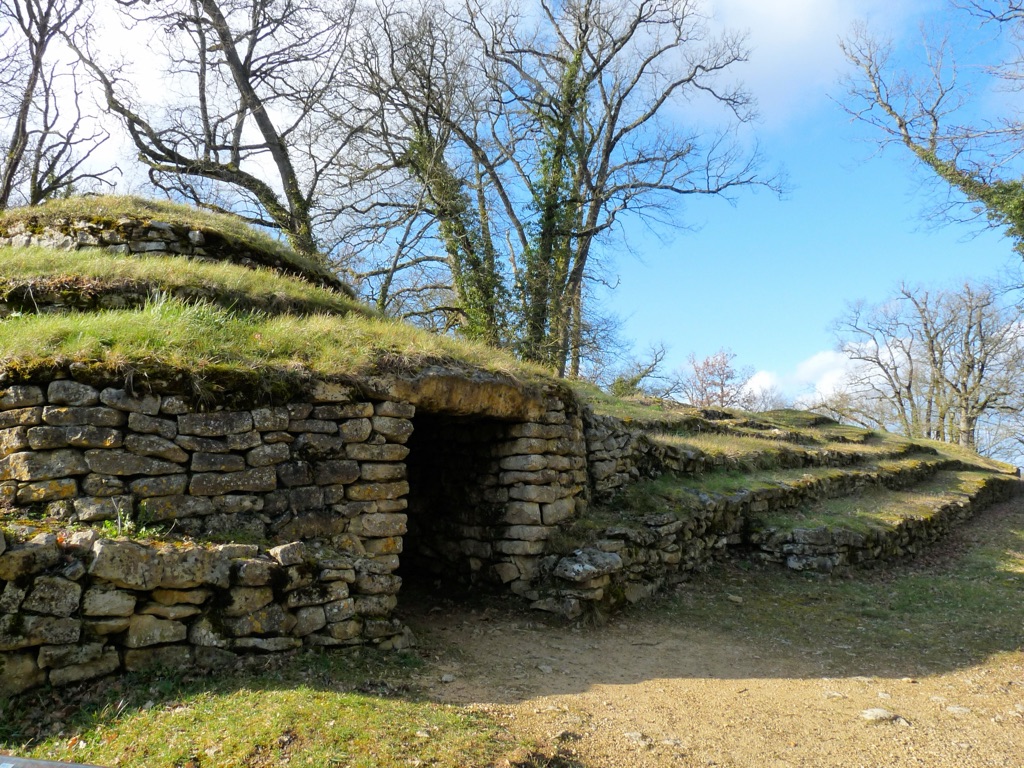
Tumulus of Bougon
The Tumulus of Bougon is a remarkable archaeological complex located in France. Dating back to the Neolithic period, it stands out as an impressive example of ancient funerary practices. Visitors are captivated by its megalithic structures, which include a series of tumuli – ancient burial mounds. These are some of the oldest of their kind in Europe, revealing insights into the spiritual and daily lives of prehistoric communities. Exploring the Tumulus of Bougon offers a unique window into the past, showcasing the sophisticated construction skills possessed by our ancestors thousands of years ago.
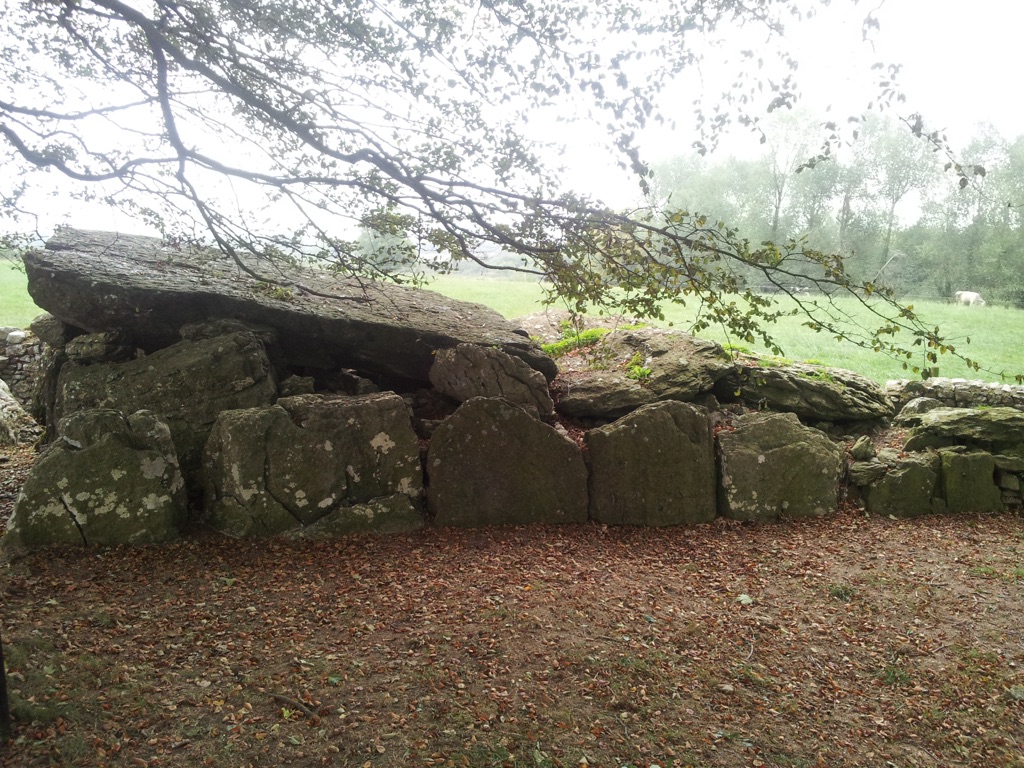
Labbacallee Wedge Tomb
Ireland’s largest wedge tomb, Labbacallee, harbors millennia of history. Its name means “the hag’s bed,” a nod to local lore and the site’s mysteries. Visitors marvel at the structure’s size and its evocative wealth of ancient stories. Nestled near Glanworth, County Cork, Labbacallee offers a tangible connection to Ireland’s Neolithic past. This prehistoric marvel draws scholars and tourists alike, all eager to explore its grandeur and secrets.
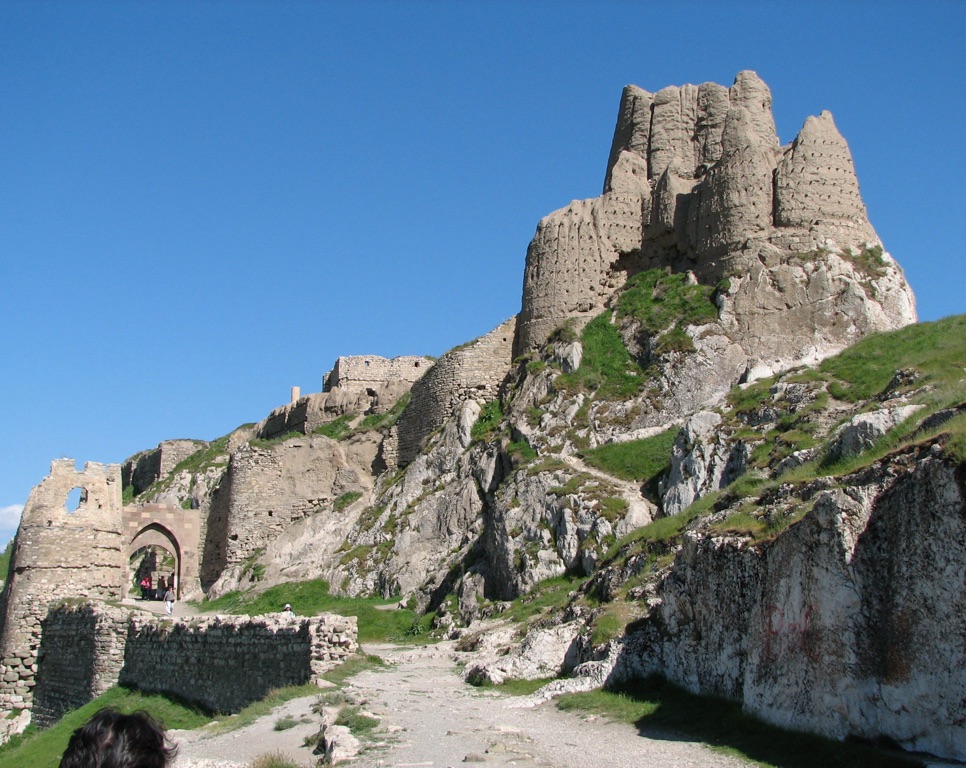
Van fortress
The ancient Van Fortress stands majestically in Eastern Turkey, telling tales of the past. It was the capital of the Urartian kingdom in the 8th century BCE. The fortress is legendary for its massive stone walls and the intricate designs of its ruins. Historians and tourists alike marvel at its complex irrigation system. It’s evident that innovation was present centuries ago. Visitors can walk in the footsteps of ancient kings through the fortress’s cobbled paths.

